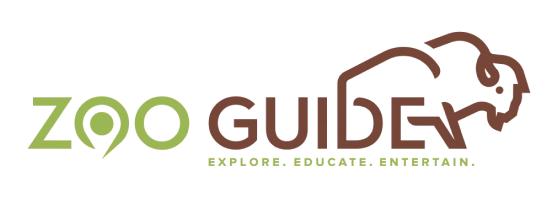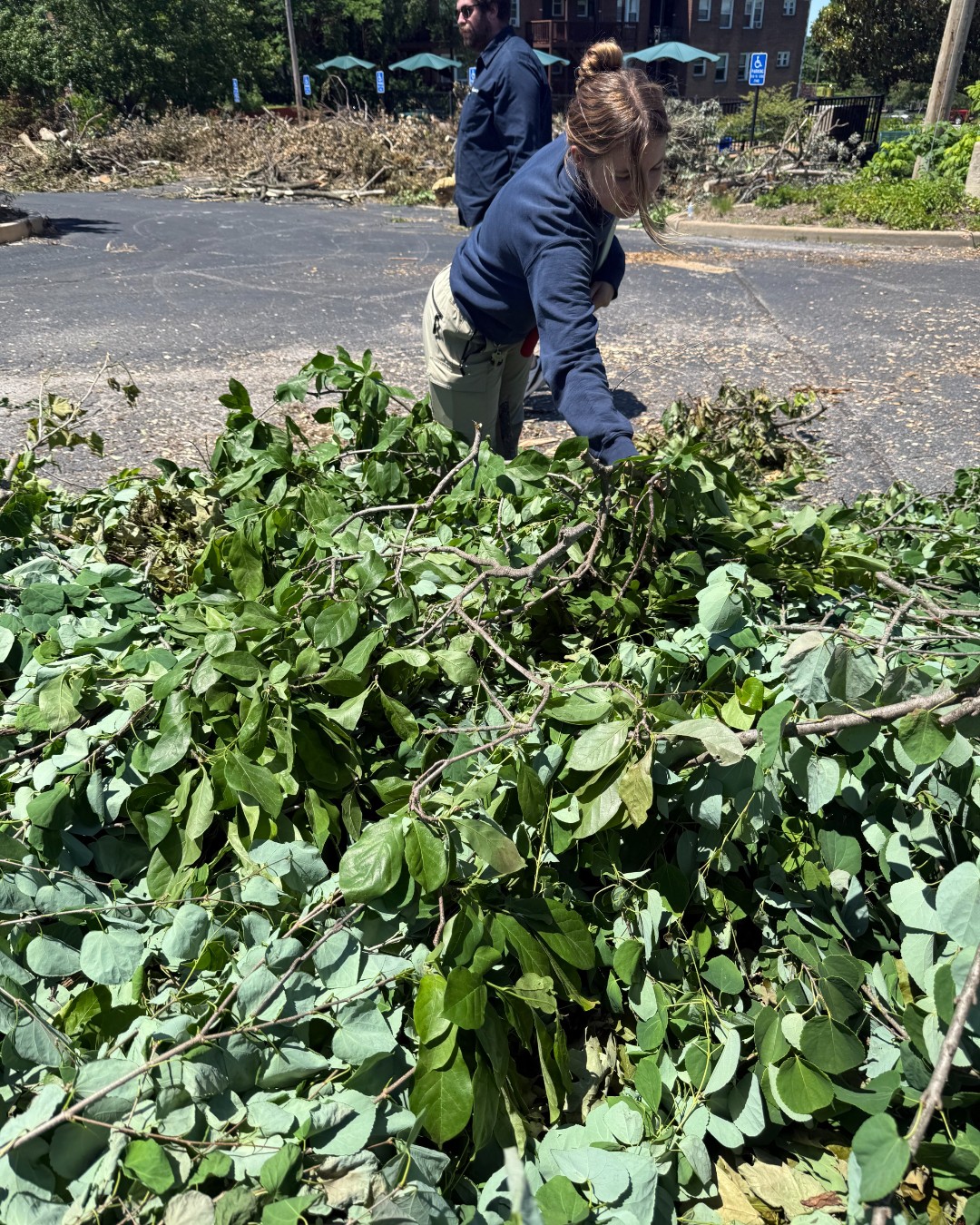- The role of zoo keepers in managing storm debris and transforming challenges into opportunities for animal care and enrichment.
- How the Zoo’s nutrition team is innovatively using natural resources to enhance animal diets and well-being.
- The ecological and nutritional significance of leaves and branches as part of animal care and enrichment strategies.
- Practical benefits of utilizing fallen trees in zoos for both short-term needs and long-term conservation goals.
- Insights into zoo management practices and wildlife conservation in the face of environmental disruptions.
After the recent storm brought down hundreds of trees in the Zoo, keepers sprang into action to transform this natural upheaval into an opportunity. Their commitment to wildlife care shines as a testament to innovative zoo management and conservation strategies. The fallen timber might initially seem like a nightmare, yet it soon became a resource that could enhance the lives of the zoo’s inhabitants.
Zoo keepers played a pivotal role in managing the storm’s aftermath. Faced with the task of clearing vast amounts of debris, they identified the potential for these downed trees to be repurposed. This approach demonstrates their deep understanding of animal needs and the dynamics of zoo ecosystems. By systematically collecting and sorting the debris, the staff ensured that nothing went to waste.
The Zoo’s nutrition team, a group of professionals intricately acquainted with the dietary requisites of diverse animal species, was instrumental in this effort. They focused on maximizing the use of the fallen foliage. Leaves collected from the storm debris were carefully packaged, resulting in over 1,000 pounds of nutritious snacks. These leaves are not only a dietary supplement but also serve as enrichment tools for many of the animals.
Animal enrichment, an essential aspect of modern zoological practice, involves the introduction of novel stimuli to animals’ environments to boost physical and mental health. Offering varied textures, tastes, and scents can stimulate natural behaviors, an essential component for animals like giraffes, sloths, and gorillas. The frozen leafy treats will provide sustained enrichment, simulating some of the complexities animals might encounter in their natural habitats.
The biological composition of these leaves plays a crucial role in why they are so valuable. Rich in essential minerals and fibers, they promote digestive health while providing a source of hydration. Gorillas, for example, can thrive on a diet that mimics their natural foraging patterns. The provision of fresh leaves further encourages natural behaviors like chewing and exploration, critical for psychological well-being.
The innovation doesn’t stop at nutrition. Zoo keepers have employed the larger branches for additional enrichment across exhibits. These branches create dynamic living spaces, offering animals the chance to climb, hide, or hang. This addition is significant for the mental stimulation of creatures that would normally wander large territories. By enabling these interactions, the keepers contribute to the animals’ overall vitality.
Seizing this opportunity also aligns with the Zoo’s broader conservation goals. By utilizing natural materials readily available on-site, the Zoo reduces the need for externally sourced resources. This practice minimizes the facility’s carbon footprint and supports broader environmental goals. It’s an excellent example of sustainable practices being embedded within a zoo’s operational framework.
Furthermore, embracing this series of events fortifies the concept of resilience in zoo management. Adaptability is fundamental for effective wildlife conservation, especially in the face of increasing environmental disruptions. Each incident presents a learning curve and an opportunity to refine practices. Through these experiences, zoo professionals can better prepare for future challenges, ensuring continuity in high-quality animal care.
This scenario also offers insights into the interconnected nature of ecosystems, even those artificially maintained. The Zoo’s proactive measures reflect a microcosm of broader ecological principles. Understanding these interactions and finding ways to simulate them within zoo settings enhances both animal welfare and public education.
Public engagement is another facet of this endeavor. Zoo visitors gain insight into how even adverse conditions can result in positive outcomes. This approach helps frame the zoo as an institution committed not just to entertainment but to education and conservation. It emphasizes how practical science can lead to positive environmental impacts and fosters a deeper connection between visitors and wildlife.
The storm served not just as a reminder of nature’s power but as a beacon of ingenuity within zoo practices. By converting debris into opportunity, the Zoo showcases the dynamic capabilities of its staff and underscores the importance of resourcefulness in wildlife management. Through these efforts, the bond between human caretakers and the animals they protect grows even stronger, offering a protective, nurturing environment for all inhabitants.
*****
Source Description
After the recent storm brought down hundreds of trees in the Zoo, keepers got to work to make the most of the debris! 🌿🍃
The Zoo’s nutrition team collected and packaged more than 1,000 pounds of leaves from fallen limbs to be used as snacks and enrichment for the animals. This big batch will be frozen so animals like giraffes, sloths, gorillas and more can enjoy these leafy treats for months to come. Keepers across the Zoo have also been able to use many of the fallen branches as fresh greenery for animals in their care!


